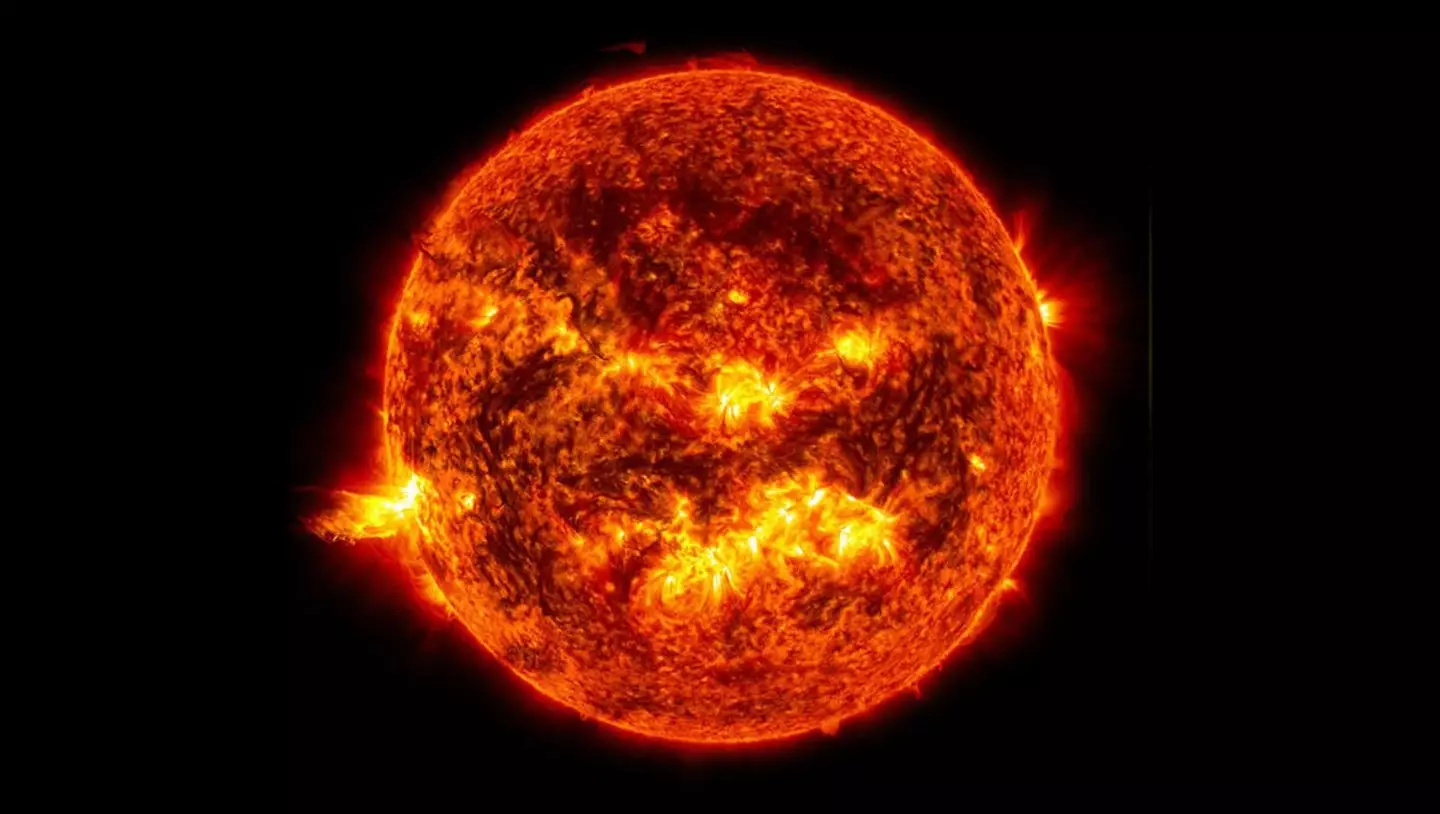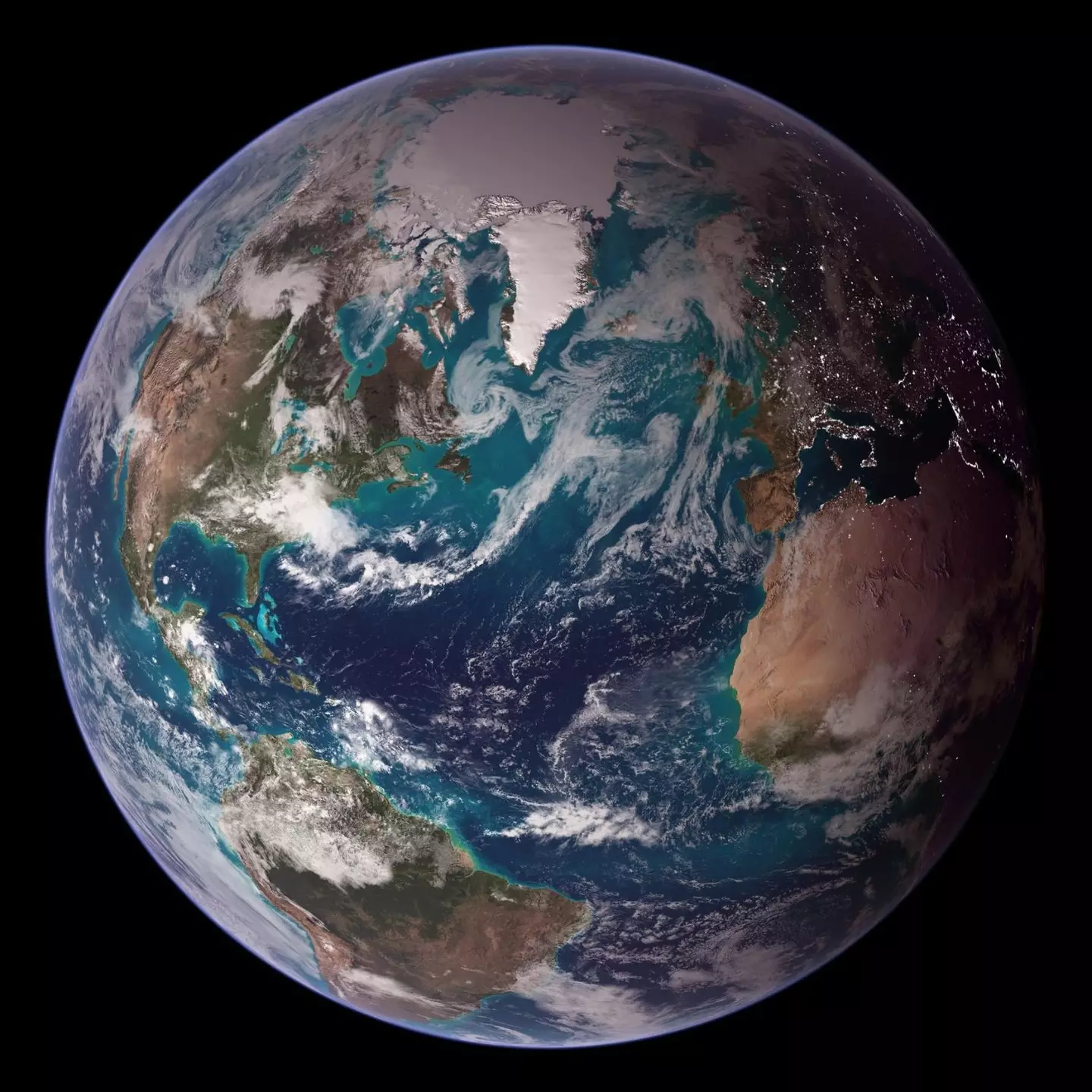Scientists are suggesting that our planet may be destined for a catastrophic end, and they’ve pinpointed a potential timeline for this doomsday scenario.
According to a recently published study in the Monthly Notices of the Royal Astronomical Society, researchers from the University of Warwickshire and University College London have been examining a grim fate for the Earth.
The paper, titled ‘Determining the impact of post-main-sequence stellar evolution on the transiting giant planet population’, suggests that in the far-off future, the Sun will exhaust its hydrogen fuel.
At this point, the Sun is expected to expand into a red giant—a dying star in its final phase of stellar evolution, as detailed by Space.
The transformation into a red giant could result in the engulfing of Earth, or potentially its destruction, according to the researchers.

Researchers estimate that this catastrophic event could happen in approximately five billion years.
Lead author Dr. Edward Bryant, Warwick Astrophysics Prize Fellow, explained that our planet will eventually be pulled into the Sun due to ‘tidal forces’.
The National Ocean Service (NOAA) explains tidal forces as those based on gravitational attraction.
“As the star evolves and expands, this interaction becomes stronger,” Dr. Bryant noted.
“These interactions slow the planet down and cause its orbit to shrink, making it spiral inwards until it either breaks apart or falls into the star.”
To reach these conclusions, the researchers utilized data from NASA’s Transiting Exoplanet Survey Satellite (TESS).
They processed the data using a computer program to look for small dips in brightness, signaling an orbiting planet crossing in front of a star, as detailed by the Royal Astronomical Society.
Among 15,000 potential signals, Dr. Bryant and Dr. Vincent Van Eylen, an astronomer and Associate Professor in Exoplanets at the Mullard Space Science Laboratory at University College London, identified 130 planets and planet candidates.
Only 33 of these were new candidates, discovered for the first time, all found orbiting close to their stars.
The study revealed that such planets are less likely to be found around stars that have expanded and cooled into red giants, indicating many may have already been destroyed.

“This is strong evidence that as stars evolve off their main sequence, they can quickly cause planets to spiral into them and be destroyed,” Dr. Bryant stated.
“This has been the subject of debate and theory for some time but now we can see the impact of this directly and measure it at the level of a large population of stars.
“We expected to see this effect but we were still surprised by just how efficient these stars seem to be at engulfing their close planets.”
On the other hand, Dr. Van Eylen suggested that, unlike some planets in their study, Earth may actually survive the Sun’s red giant phase.
“But life on Earth probably would not,” he cautioned.
With the data now in hand, the research team aims to continue measuring the sizes or radius of the possible planets they’ve identified and eliminate any chance of them being low-mass or failed stars.
This process involves accurately measuring host stars’ movements and deducing the gravitational pull of the planets from those movements, as discussed by the Royal Astronomical Society.
Dr. Bryant added: “Once we have these planets’ masses, that will help us understand exactly what is causing these planets to spiral in and be destroyed.”

